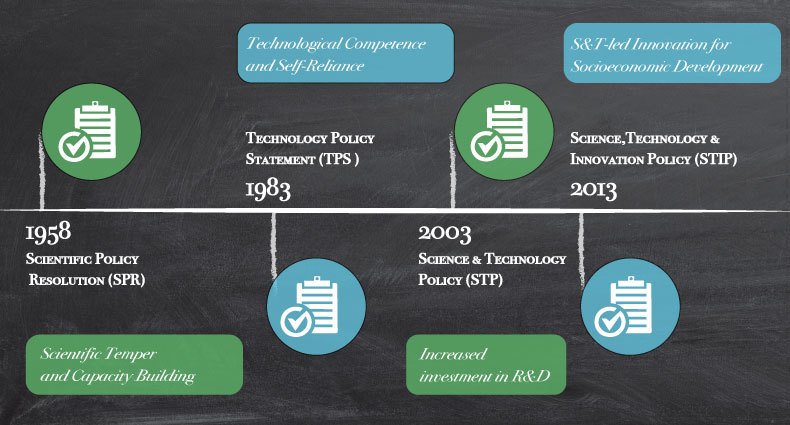
Technology Out Of Science
Representatives of the scientific and engineering communities have tried to grasp that new framework and to explain ways during which science and technology can reply to it. The result’s the report Science, Technology, and the Federal Government, which proposes a renewed and strengthened covenant between science, technology, and society. SCIENCE AND TECHNOLOGY IN MODERN SOCIETY 14 tive structures that promote the development of medical expertise whereas enhancing care and containing prices. National Security Since World War II, the United States has sought navy advantage through technological somewhat than numerical superiority. For example, technological superiority within the palms of a nicely-skilled military contributed significantly to the success of the Persian Gulf War.
Does Science Drive Technology? Why Or Why Not?
For example, the need of several Middle Eastern states to maintain or purchase production functionality in key militarily related industries has inserted a national safety requirement into the management of the nationwide financial system. On the other hand, the pursuit of army analysis and improvement has prevented some Middle Eastern states from investing in their civil financial system. When it involves attaining navy self-reliance within the Middle East, expertise switch and the growth of native production for worldwide export are common goals of regional countries (Singer 2009).
Final Remarks It is clear that we face the problem to move technology schooling beyond the “know-how is utilized science” paradigm. At the same time, we should not accomplish that as if science hardly plays a role in technology. The current state of affairs with a majority of know-how teachers not having a sound science background can make this troublesome to avoid.
Here, the activity of design introduces an element of normativity, which is absent from scientific knowledge. Take such a primary notion as ”˜operational principle’, which refers to the method by which the perform of a tool is realized, or, briefly, how it works. Subsequently, however, it performs a job in arguments that search to prescribe a plan of action to somebody who has a objective that could be realized by the operation of such a tool. At this stage, the difficulty changes from a descriptive to a prescriptive or normative one.
This step is required because prospects usually concentrate on just one or two options and are unable to articulate the necessities that are essential to help the functionality they desire. In the second step, the functional requirements are translated into design specifications, which the exact bodily parameters of essential parts by which the functional requirements are going to be met.
In sharp contrast, in societies with limited stocks of data, creative folks really feel constrained and migrate to other nations thereby causing ”˜brain drain’ to their very own countries and societies. To ensure that all college students, no matter self-discipline and academic pursuits, perceive the intellectual foundations, human dimensions and impacts of scientific and technological growth.
In the last many years, increasingly consideration is paid not only to moral issues that arise during using a technology, but additionally through the design part. The debate whether or not applied sciences can have ethical company began off in computer ethics (Bechtel 1985; Snapper 1985; Dennett 1997; Floridi & Sanders 2004) but has since broadened. A drawback of this technique is that it tends to blur the morally relevant distinctions between folks and technological artifacts.
Here, we examine the connections made by a single technology to many alternative scientific and technological advances. To see the flipside – a case in which many different areas of scientific information converge in a single technology – take a look at Science in the palm of your hand. As shown by the flowchart above, scientific knowledge (like the invention of X-rays) and applied sciences (like the invention of PCR) are deeply interwoven and feed off each other. In this case, tracing the influence of a single technology, the cathode ray tube, over the course of a century has taken us on a journey spanning ancient fossils, supernovas, the invention of tv, the atomic nucleus, and DNA fingerprinting.
